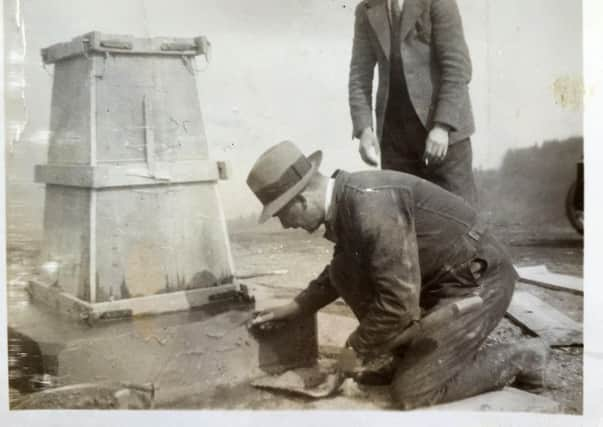A beacon of rambling


These four-feet concrete structures started popping up in 1936, erected by early suveyors at Ordnance Survey as part of a network of 6,500 to help accurately map Great Britain
Over the years, these structures, often found sitting on hill tops, have become much loved, acting as landmarks for ramblers. In fact, visiting all 454 has become has become something of an ambition for trig pillar enthusiasts in Yorkshire - even coining the phrase ‘trig bagging.’
Advertisement
Hide AdAdvertisement
Hide AdDave Woffendon, of Harrogate, is one such hobbyist who admits ‘trig bagging’ became an addictive hobby for him.
He said: “I first got interested in OS Triangulation Pillars during the 1980s having walked the Pennine Way with some colleagues. I realised they all had unique numbers on the plate near the base, so recording each number and grid reference became my hobby. By 2010 I had visited all 454 trig pillars in Yorkshire.”
“My family think I’m slightly mad but the fresh air and exercise have been great. Hidden valleys and hills have been visited, pub lunches enjoyed, farmers, gamekeepers, water board officials and many other wonderful and curious people have been encountered. I’m looking forward to extending my searches and wherever I go for holidays my OS maps, camera and GPS monitor come with me.”
One of Yorkshire’s most popular trig pillars is located on top of the 730m summit of Whernside, making it the highest trig pillar in the region. Modern map-making has meant trig pillars are no longer used for surveying, but they still act as a beacon for ramblers.